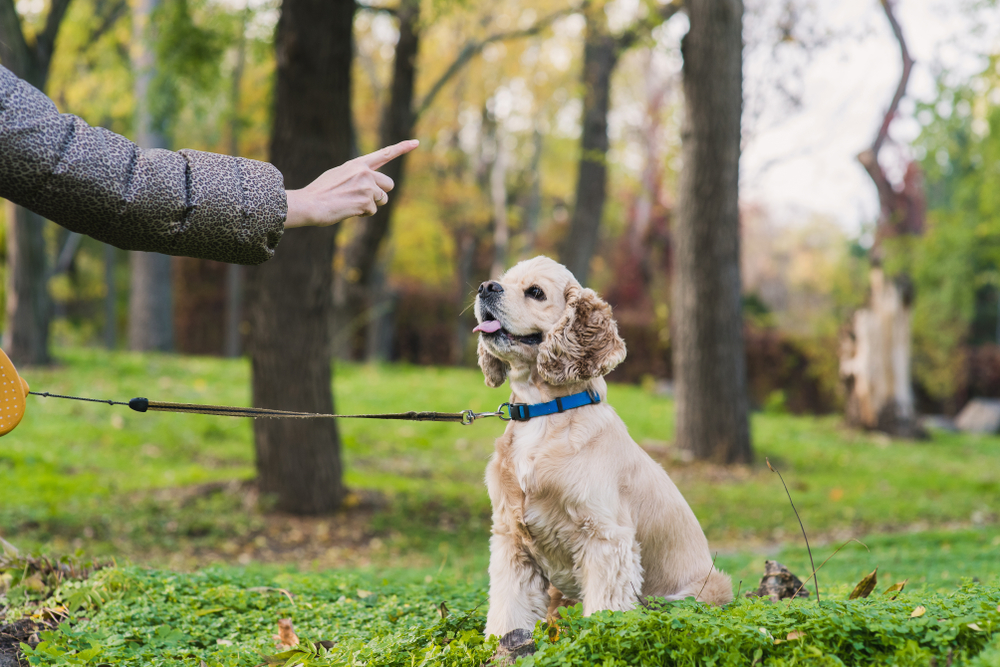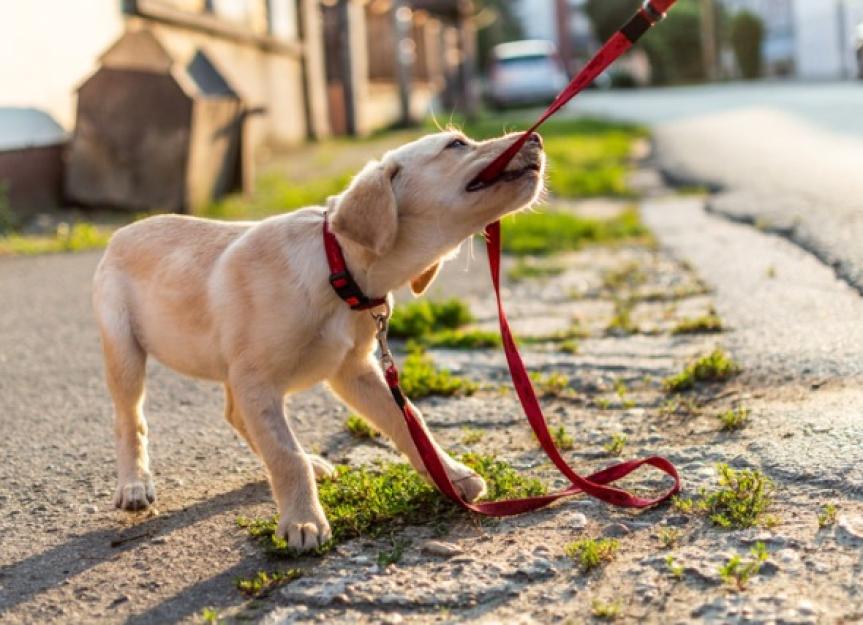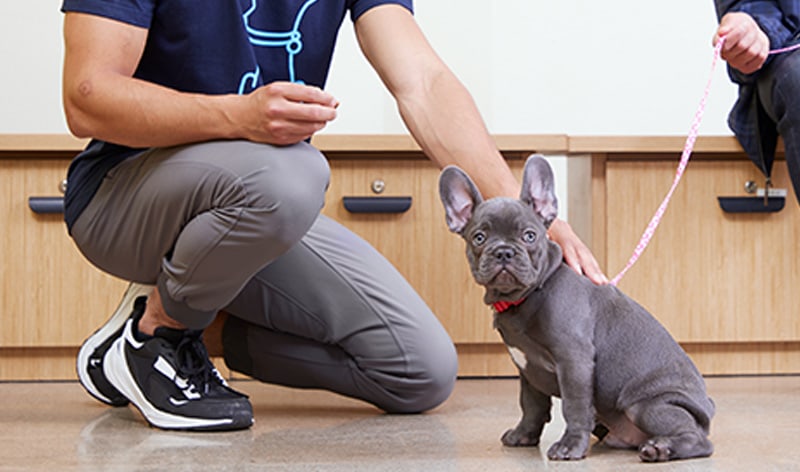How to Make Puppy Training Fun and Effective for Both You and Your Dog
Top Young Puppy Training Strategies to Make Certain a Mannerly Animal
Reliable young puppy training is crucial for growing a well-behaved companion, and different methods can substantially affect a dog's growth. As we explore these techniques further, it comes to be clear that the success of puppy training pivots on a mix of approaches that can change your family pet's actions in amazing means.
Positive Support Techniques
Utilizing favorable reinforcement methods is essential for effective young puppy training, as it motivates wanted behaviors via incentives instead of punishment. This method profits from the all-natural knowing procedures of canines, enhancing etiquette by providing immediate and tangible benefits, such as deals with, appreciation, or playtime. By associating favorable end results with specific actions, young puppies are most likely to duplicate those actions in the future.
Effective positive reinforcement entails timing and uniformity. Benefits must be provided immediately after the preferred actions strikes create a clear link in the pup's mind. Furthermore, differing the kinds of benefits can preserve a puppy's rate of interest and motivation throughout the training process. Some pups may react far better to verbal praise while others might prefer a favorite plaything or reward.

Consistency in Educating Commands
Maintaining consistency in training commands is vital for enhancing the lessons learned via positive reinforcement strategies. Dogs thrive on regular and predictability, so making use of the exact same spoken commands and hand signals for details behaviors is important. This uniformity helps puppies understand what is expected of them, minimizing confusion and stress for both the pet and the fitness instructor.

Timing likewise plays a significant function in consistency. Commands should be provided quickly throughout training sessions and complied with promptly by favorable support, such as treats or praise. This immediate reaction aids strengthen the organization between the command and the preferred behavior.
Including uniformity into training sessions will certainly produce a stable knowing environment, advertising quicker proficiency of commands. Ultimately, a well-structured approach cultivates a solid bond in between the puppy and its owner, causing a more well-behaved and obedient pet dog.
Socializing With Various Other Family Pets
Socialization with other family pets is essential for a pup's growth, as it helps them learn proper behaviors and interaction skills in varied social contexts. Very early interactions with different pets can significantly influence a young puppy's character and versatility in various scenarios. When young puppies are revealed to a range of animals, they become a lot more certain and less scared, which can prevent potential behavioral problems later in life.

Instruct informative post your pup to recognize signals from various other pet dogs, such as signs of playfulness or discomfort, promoting common regard and understanding. Routine socializing not just improves your pup's social skills but likewise adds to their total well-being, producing a much more harmonious living environment.
Dog Crate Training Advantages
Acknowledging the various benefits of dog crate training can greatly boost both the pup's and proprietor's experience. Crate training provides a protected and risk-free environment for puppies, ensuring they really feel secured when left alone. This complacency can substantially decrease anxiety and stress levels for both the proprietor and the pet.
In addition, crates act as a valuable house-training tool. Young puppies naturally prevent soiling their resting location, therefore urging them to hold their bladder until they are allow outdoors. This reaction can quicken the housebreaking process, cultivating excellent habits beforehand.
When unsupervised,Crate training additionally helps page in taking care of a pup's behavior - puppy training. By giving a designated area, proprietors can prevent devastating behaviors, such as eating on furnishings or entering into harmful substances. Moreover, cages can be beneficial during travel, using a familiar room that can help relax a pup in brand-new atmospheres.
Last but not least, developing a dog crate routine encourages self-reliance, allowing pups to find out exactly how to be alone without worry. Overall, cage training is a reliable method for promoting safety, discipline, and peace, causing a well-adjusted, well-behaved family pet.
Leash Training Basics
Leash training is a fundamental aspect of liable pet dog ownership that makes sure a risk-free and enjoyable strolling experience for both the pup and its proprietor. Appropriate chain training starts early, ideally throughout the puppy's socializing period. When out in public., this training assists establish excellent behaviors and advertises favorable habits.
To begin, select a comfortable collar or harness that fits your young puppy well. Connect a durable leash, guaranteeing it is not also long, as this can lead to drawing and erratic actions. Beginning in a silent environment to decrease distractions and progressively present your puppy to brand-new environments.
Usage favorable reinforcement techniques, such as deals with and appreciation, to motivate your pup to stroll next to you. If your puppy pulls, stop walking and wait for them to return to your side before proceeding.
Furthermore, include brief training sessions with fun disturbances to develop your puppy's focus. With devotion and perseverance, chain training will result in an accommodating friend, making walks delightful for both the proprietor and the young puppy.
Conclusion
In conclusion, utilizing efficient puppy training techniques is important for developing a mannerly animal. On the whole, these techniques jointly promote an unified relationship in between puppies and their owners.
As this we explore these techniques additionally, it comes to be clear that the success of pup training hinges on a mix of methods that can transform your animal's actions in impressive means.
Using positive reinforcement methods is essential for effective young puppy training, as it urges wanted habits through incentives rather than penalty.Crate training likewise helps in handling a pup's behavior when unsupervised.Leash training is an essential facet of liable pet ownership that guarantees a risk-free and enjoyable walking experience for both the puppy and its proprietor.In final thought, using effective puppy training strategies is essential for creating a mannerly pet.